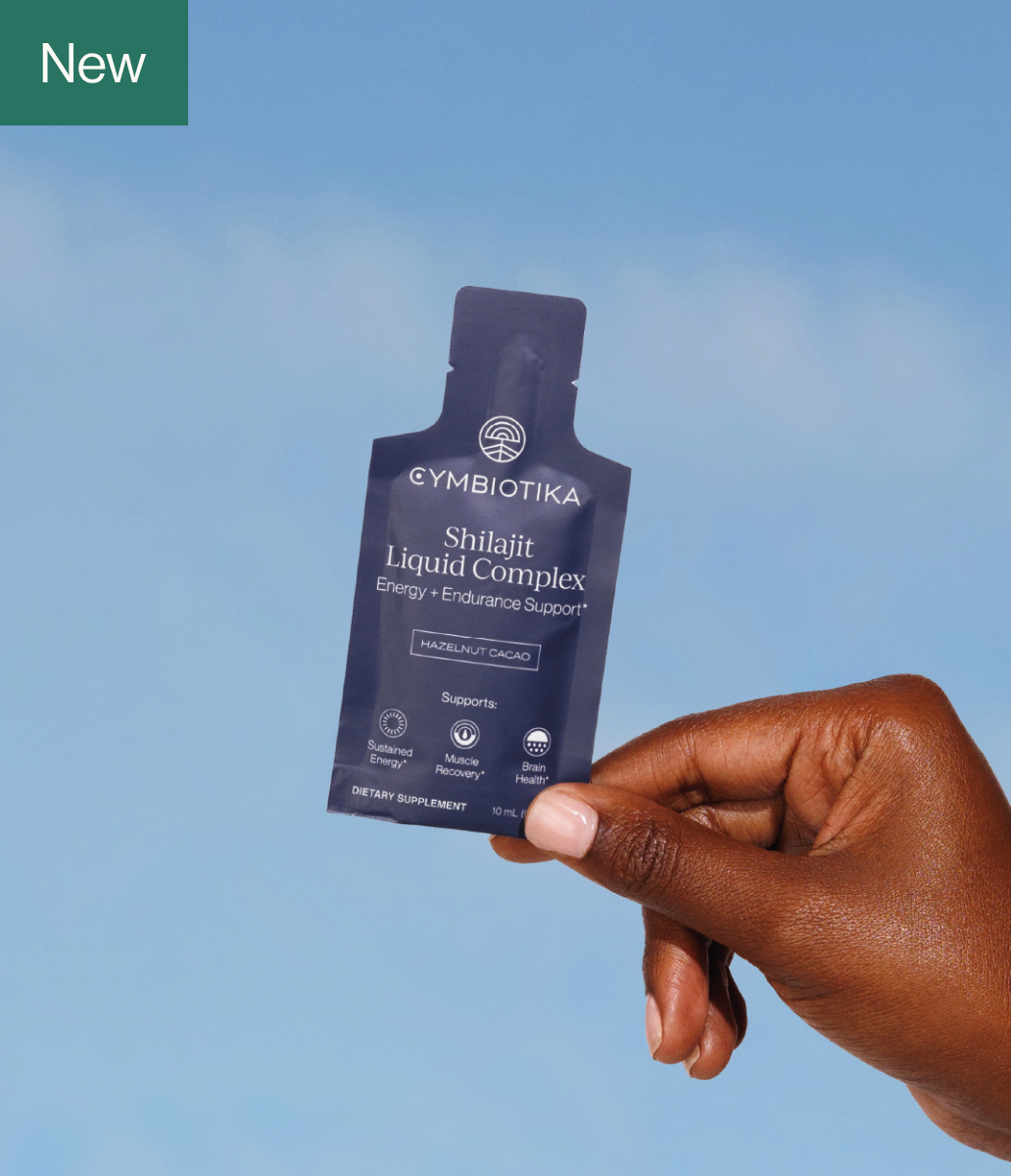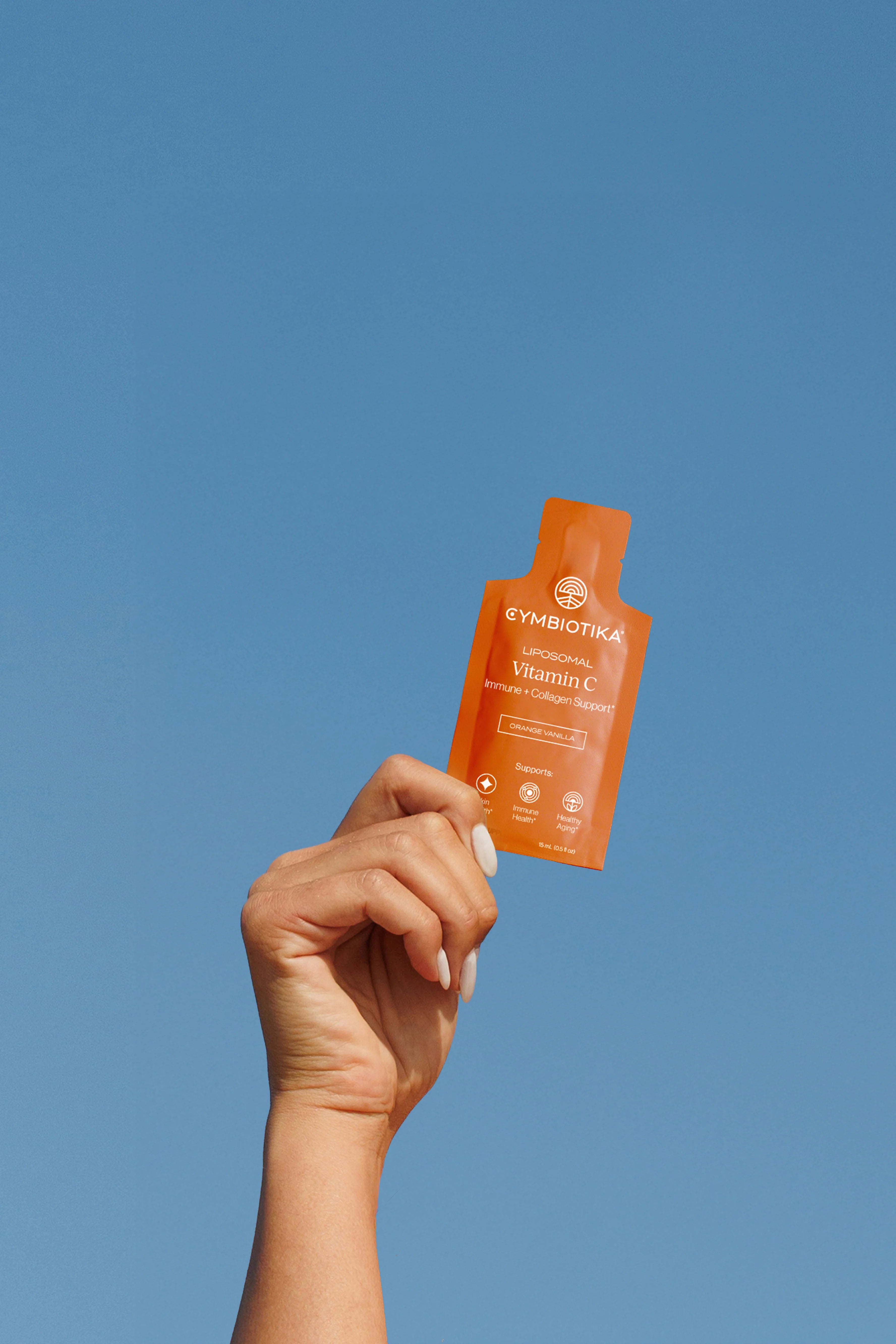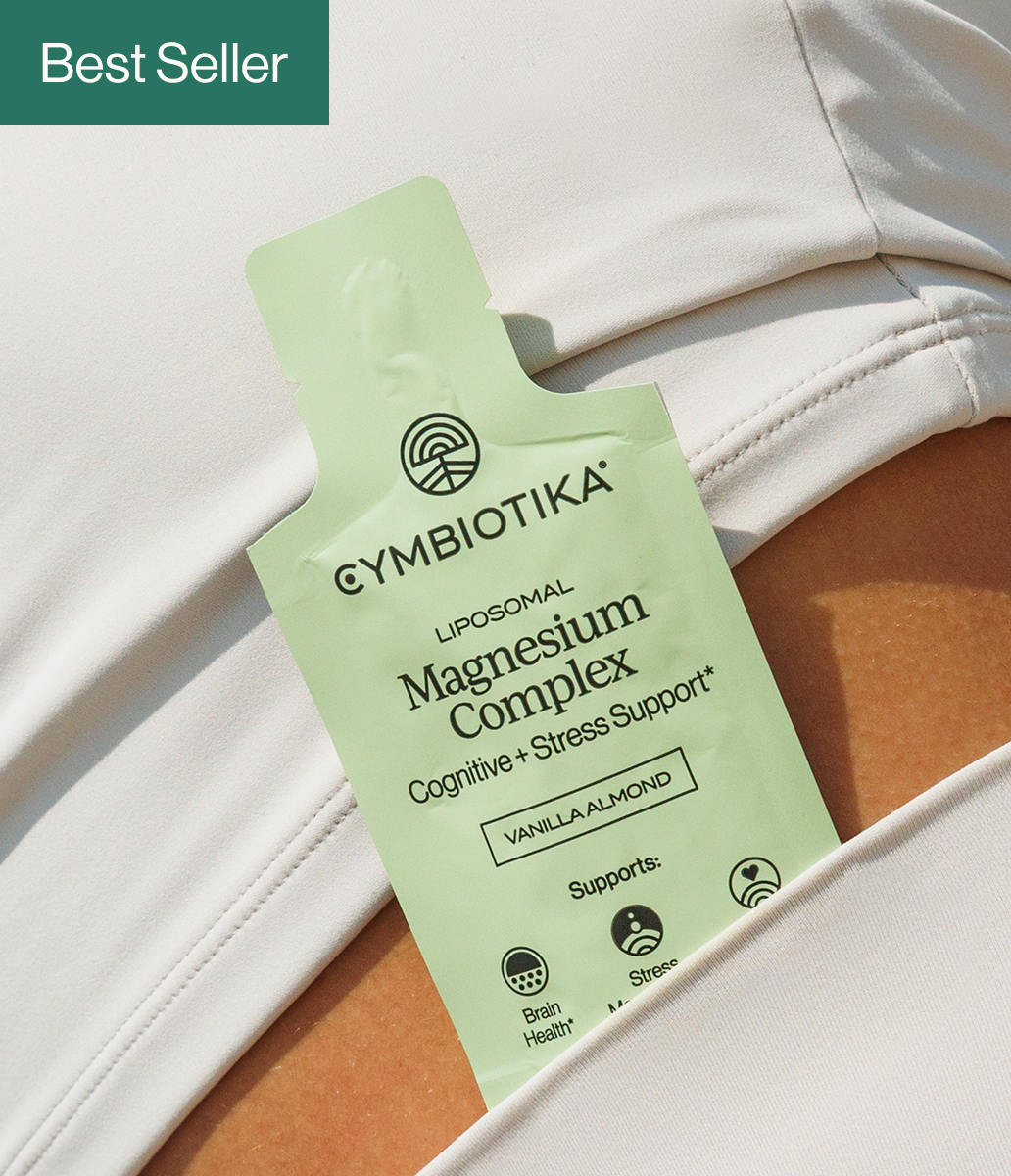Table of Contents
- Introduction
- Understanding Wall Pilates
- The Benefits of Wall Pilates
- Getting Started with Wall Pilates
- Conclusion
- FAQ
When we think of effective workouts, we often envision high-intensity exercises or extensive gym equipment, but what if we told you there’s a method that requires nothing more than a wall and a mat? Wall Pilates is gaining traction as a versatile and accessible workout that can be done almost anywhere, and its popularity is soaring, especially among those looking to enhance their fitness journey without breaking the bank. With over 42.6 million views on TikTok alone, it's clear that people are curious about this fitness trend.
In this blog post, we’ll explore what wall Pilates is, its benefits, and how it can fit into your overall wellness routine. We aim to provide you with a comprehensive understanding of this unique workout style and how it aligns with our commitment at Cymbiotika to empower individuals through science-backed wellness practices. By the end of this read, you’ll have a clear idea of how wall Pilates works and whether it’s a good fit for your fitness journey.
Introduction
Have you ever wondered if a simple wall can be a game-changer in your fitness routine? With the rise of social media fitness trends, wall Pilates has emerged as an intriguing option, particularly for those who may feel intimidated by traditional gym environments or complex equipment. This workout not only promises to strengthen your core and improve flexibility, but it also emphasizes stability and control—qualities essential for overall well-being.
Historically rooted in the principles of traditional Pilates, wall Pilates offers a unique twist by utilizing a wall as a supportive tool. This method allows practitioners to mimic the benefits of reformer Pilates without the need for expensive equipment. As we dive deeper into this topic, we’ll address how wall Pilates can be particularly beneficial for beginners while still offering challenges for more experienced practitioners.
Throughout this article, we’ll cover:
- The fundamentals of wall Pilates and how it differs from traditional Pilates
- The various benefits associated with wall Pilates
- Practical tips for getting started with wall Pilates
- A few exercises to try at home
- How wall Pilates can complement your overall wellness strategy
So, let’s explore the world of wall Pilates together and see how it can potentially transform your fitness routine!
Understanding Wall Pilates
What is Wall Pilates?
Wall Pilates is a form of Pilates that integrates the use of a wall to enhance traditional Pilates exercises. By performing movements against the wall, practitioners can add resistance to their workouts, which helps in building strength and stability. The wall acts as a support structure, allowing you to focus on your form and alignment without the distractions often found in a gym setting.
While traditional Pilates often utilizes equipment like reformers and stability balls, wall Pilates eliminates the need for such tools, making it an accessible option for many. This makes it particularly appealing to those who may not have access to a studio or prefer to exercise at home.
How Does It Work?
The mechanics of wall Pilates are relatively simple. The wall serves as a static resistance point, allowing you to engage your muscles more effectively than traditional mat exercises. For instance, when performing a glute bridge with your feet against the wall, you can achieve a greater range of motion and stability compared to doing the same exercise on the floor.
Wall Pilates also emphasizes slow, controlled movements, which can enhance muscle engagement and increase the time under tension—an important factor for muscle growth and strength. The exercises typically involve pressing your body against the wall in various positions, which can activate different muscle groups while promoting core stability.
The Benefits of Wall Pilates
1. Accessibility and Convenience
One of the primary advantages of wall Pilates is its accessibility. All you need is a flat surface and a suitable space to practice, making it easy to incorporate into your daily routine, whether at home, in a park, or while traveling. This flexibility is aligned with our mission at Cymbiotika, which emphasizes empowering individuals to take control of their health without barriers.
2. Low Impact, High Reward
Wall Pilates is a low-impact workout, which means it’s gentle on the joints while still providing significant strength-building benefits. This makes it an excellent option for individuals who may be recovering from injuries or those who are new to exercise. The controlled movements help to minimize the risk of injury, allowing practitioners to focus on form and alignment.
3. Improved Stability and Balance
Utilizing the wall provides a unique opportunity to work on stability and balance. This is particularly beneficial for beginners who may struggle with maintaining proper form. By having the wall as a reference, practitioners can focus on their body alignment and ensure that they are performing exercises correctly. Improved stability and balance are essential not only for Pilates but also for overall functional fitness.
4. Enhanced Core Strength
At the heart of Pilates is core engagement, and wall Pilates is no exception. The exercises often require the activation of the core muscles, which can lead to increased strength and stability in this crucial area. A strong core is fundamental for everyday activities and can enhance performance in various sports and physical activities.
5. Versatile and Adaptable
Wall Pilates can be easily modified to suit various fitness levels. Beginners can start with simple movements, while more advanced practitioners can incorporate additional challenges, such as using props like weights or resistance bands. This adaptability makes wall Pilates a great option for individuals at any stage of their fitness journey.
6. Improved Posture and Alignment
Practicing wall Pilates can lead to better posture and spine alignment. The wall serves as a visual and physical guide, helping practitioners maintain proper alignment throughout their exercises. This is particularly important in today’s society, where many people spend long hours sitting at desks, leading to poor posture and back issues.
7. Mind-Body Connection
Pilates emphasizes the connection between the mind and body, and wall Pilates continues this tradition. The focused nature of the workout encourages mindfulness and awareness of body movements, which can lead to improved overall well-being. This aspect aligns with Cymbiotika’s commitment to holistic wellness, emphasizing the importance of mental and physical health.
Getting Started with Wall Pilates
Tips for Beginners
-
Start Slow: If you’re new to Pilates or exercise in general, begin with a few basic movements. Focus on mastering your form before progressing to more complex exercises.
-
Use a Non-Slip Mat: A good quality mat can provide stability and comfort during your workouts. Make sure your mat is suitable for Pilates and offers enough grip to prevent slipping.
-
Listen to Your Body: Pay attention to how your body feels during each exercise. It’s important to know your limits and modify movements as needed.
-
Consistency is Key: Like any fitness routine, consistency is crucial for seeing results. Aim to practice wall Pilates regularly, even if it’s just for 10-15 minutes a day.
-
Try Online Classes: There are numerous free resources available online, including classes specifically designed for wall Pilates. These can be a great way to learn new exercises and keep your routine fresh.
Example Wall Pilates Exercises
Here are a few simple wall Pilates exercises to get you started:
1. Wall Glute Bridge
- Lie on your back with your feet against the wall, knees bent at a 90-degree angle.
- Press your feet into the wall and lift your hips towards the ceiling, squeezing your glutes at the top.
- Lower back down slowly and repeat for 10-15 reps.
2. Wall Sit
- Stand with your back against the wall and walk your feet out until your knees are at a 90-degree angle.
- Hold this position for 20-30 seconds, keeping your core engaged and your back flat against the wall.
3. Wall Push-Ups
- Stand facing the wall, placing your hands on the wall at shoulder height.
- Lower your body towards the wall, keeping your elbows close to your sides.
- Push back to the starting position and repeat for 10-15 reps.
These exercises can be adapted based on your fitness level, ensuring that you can participate in wall Pilates regardless of where you are on your wellness journey.
Conclusion
Wall Pilates presents an innovative approach to fitness that emphasizes accessibility, low impact, and core strength. By utilizing the wall as a tool, we can enhance our workouts, improve our stability, and promote overall well-being. Whether you’re a seasoned athlete or just starting your fitness journey, wall Pilates offers something beneficial for everyone.
As we continue to explore wellness practices that empower our community, we invite you to consider integrating wall Pilates into your routine. You can also take our AI quiz to determine the best supplement for your unique needs and support your fitness journey with our high-quality, science-backed supplements.
Together, let’s embrace this trend and see how it can fit into our broader health and wellness goals. If you’re interested in enhancing your fitness routine further, don’t forget to check out our collection of Fitness Supplements designed to complement your active lifestyle.
FAQ
Q: Is wall Pilates suitable for beginners?
A: Yes, wall Pilates is highly accessible and can be easily modified for beginners. It emphasizes controlled movements, making it a great starting point for those new to fitness.
Q: Do I need any special equipment for wall Pilates?
A: No special equipment is required. You only need a flat wall and a mat to get started.
Q: How often should I practice wall Pilates?
A: Consistency is key. Aim to practice wall Pilates several times a week, even if it's just for 10-15 minutes a session.
Q: Can wall Pilates help improve my posture?
A: Yes, wall Pilates can enhance posture and alignment by promoting awareness of body positioning during exercises.
Q: What are some benefits of wall Pilates compared to traditional Pilates?
A: Wall Pilates is more accessible, as it doesn't require specialized equipment, and it offers unique support that can enhance stability and form.
*These statements have not been evaluated by the Food and Drug Administration. This product is not intended to diagnose, treat, cure, or prevent any disease.























